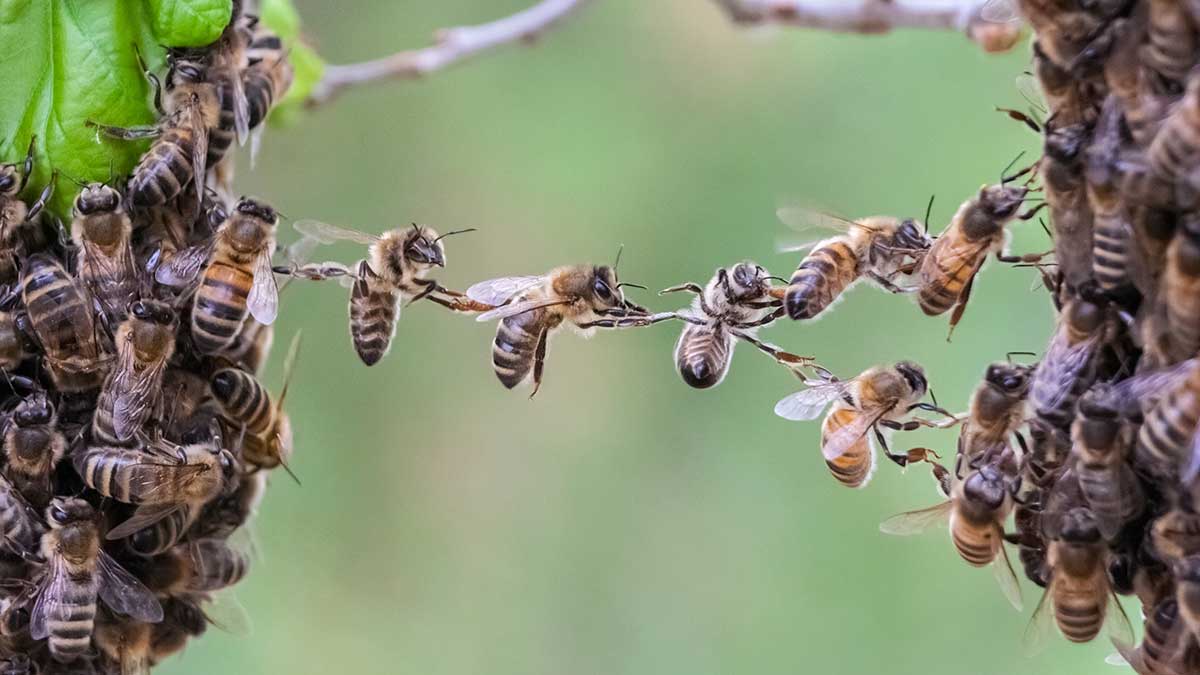Bathrooms may be our homes’ smallest rooms, but they have an outsized environmental impact. They’re responsible for a large share of household waste, but only 20% of Americans recycle bathroom materials, and when it comes to water use, they’re the thirstiest space under your roof.
The average American home uses nearly 30% of its indoor water to flush toilets. And with each 8-minute shower consuming roughly 17 gallons, it’s no surprise that showers account for another 20% of indoor water use. That’s not all: about 550 million shampoo bottles are tossed annually—that’s enough plastic to cover 1,100+ football fields.
Fortunately, a few thoughtful swaps and smarter habits can transform your bathroom from a waste factory to a water-wise haven.
This article contains affiliate links that help fund Earth911’s Recycling Directory—the most comprehensive in North America. If you make a purchase through these links, we may earn a small commission.
Shower Smarter, Not Longer
Shaving even a few minutes off your daily shower can yield surprising savings. Every minute you shorten your shower saves roughly 2 gallons of water. That’s about 4,500 gallons annually per family if everyone cuts back by just 5 minutes. Unfortunately, President Trump recently revoked rules that required showerheads to use less water, but you can still buy the better options.
If you need motivation, cue a 5-minute playlist or set a sand timer on the sink. Choose a low-flow showerhead to conserve water without sacrificing pressure. The Niagara Earth 1.25 GPM Showerhead offers a budget-friendly option, while the High Sierra 1.5 GPM All-Metal Showerhead provides a premium experience. Both are WaterSense-certified and can cut water use by up to 50%, saving money on water and energy bills.
Tame the Toilet
Toilets are often the biggest water-wasters in the house, especially older models that use up to 5 gallons per flush. A modern WaterSense-rated toilet uses only 1.28 gallons. If replacing isn’t in the cards, consider a Dual-Flush Converter Kit for between $32 and $45 or a simple Toilet Tank Bank water-displacing bag for about $5. These fixes can cut 0.5 to 0.8 gallons per flush with little effort and big payback.
Test for silent leaks with food coloring in the tank. You may need a new flapper valve if it seeps into the bowl without flushing. This cheap and easy fix prevents gallons from literally going down the drain.
Save Heat, Save Energy
Turn your water heater to 120°F to save energy and reduce scalding risk. Skip steaming hot water when brushing your teeth or shaving—cold water works fine. Unplug razors and electric toothbrush chargers when not in use: vampire power sucked up by idle devices makes up 5–10% of household electricity use.
Say Goodbye to Single-Use Plastic
The average American bathroom is a plastic graveyard. Three hundred eighty-five million plastic razors and 83 million toothbrushes are discarded monthly. Replacing disposable items with durable, plastic-free versions makes a massive difference. If you want to stick with your current choices, follow through by recycling toothbrushes and toothpaste tubes.
Consider switching to a Merkur Safety Razor, a sleek, long-lasting alternative to disposables that will serve you for years. For oral care, Greenzla Bamboo Toothbrushes come in affordable 6-packs and naturally biodegrade at the end of their life.
For hair and body care, switch to bar soaps and shampoo bars. The Ethique Frizz Wrangler and HiBAR Moisturize Shampoo Bar are excellent starting points. These plastic-free options outlast 2–3 bottles and are ideal for travel, eliminating the hassle of TSA liquid restrictions.
Rethink Your Routine
Looking for even deeper sustainability? Try mixing your sugar scrub using just sugar and olive oil instead of using microbead exfoliants that pollute waterways. Experiment with baking soda and cornstarch blends for deodorant, or invest in refillable natural deodorants.
Skip the tube altogether with toothpaste tablets from Bite or Denttabs. And don’t forget menstrual care: a single menstrual cup like the DivaCup Model 1 can replace hundreds of pads and tampons and last for years. Thinx Period Underwear offers another comfortable, leak-resistant, and reusable option.
Use Every Last Drop
Get frugal with your products. Cut open lotion and toothpaste tubes to scrape out the last few uses. Dilute thick shampoo with water to make it last longer—it’s often concentrated enough already. Label the date on new products so you use them up before they expire, preventing waste and saving money.
Recycle Beyond the Kitchen
Many bathrooms lack recycling bins, so items like toilet paper rolls, empty soap boxes, and shampoo bottles often end up in the trash. Set up a small recycling bin under the sink or near the door to capture these items.
Look into hard-to-recycle solutions like TerraCycle bathroom waste programs, pharmacy drop-off points or donation programs for pill bottles, and local programs for aerosol cans and contact lens packs. Every item redirected from the landfill counts toward a more sustainable future.
Upgrade the Essentials
The best sustainability upgrades are simple and long-lasting. Who Gives a Crap Recycled Toilet Paper arrives plastic-free with bulk delivery and supports charitable causes. Seventh Generation Recycled TP is widely available and forest-friendly. For the adventurous, there’s “family cloth” (reusable toilet wipes). It’s not for everyone—but it is zero waste.
Make It Fun for Everyone
For families, turn water savings into a game. Use a 5-minute sand timer in the shower, or have kids try “navy showers,” where they turn off the water while soaping. Consider adding lever faucets or handheld shower wands for comfort and efficiency for seniors. Many utilities even offer free or discounted water-saving kits—check your city’s programs for potential rebates and free products.
Small Swaps, Big Wins
Bathroom sustainability doesn’t require big bucks or renovations. It’s about using what you have more wisely, choosing better when you replace, and nudging your habits a little greener every day.
Because the next time you flush, shower, or brush your teeth, you could be wasting—or saving—thousands of gallons and pounds of plastic a year. So go ahead: turn the tap of waste into a stream of savings.
Source link
Earth911 earth911.com



